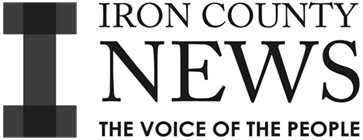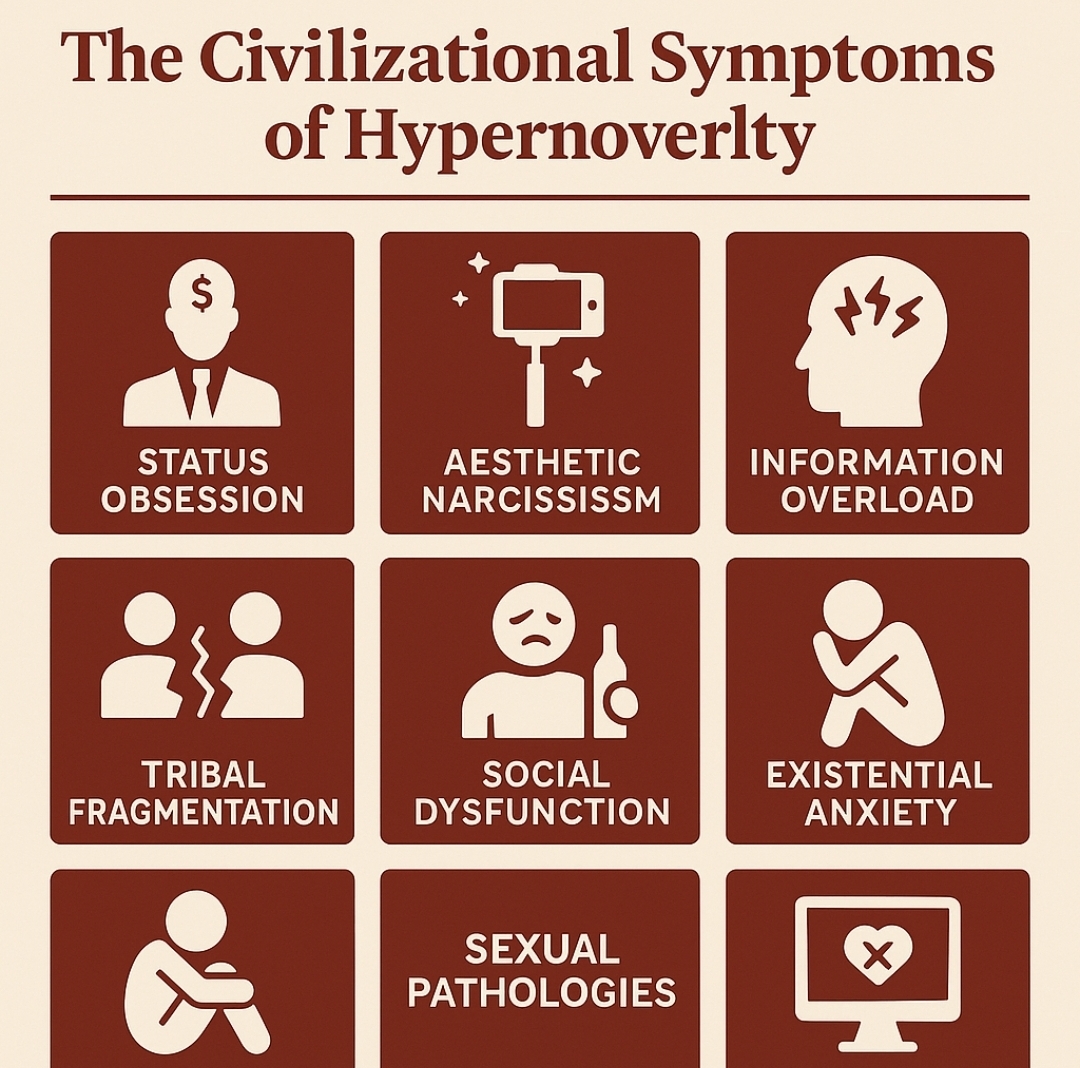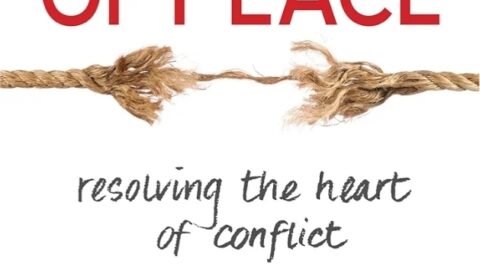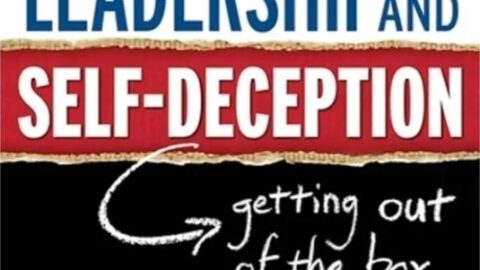Introduction: Living Beyond Our Limits
Human beings are wired for novelty, but not at infinite speed. Our ancestors adapted slowly — new tools, new lands, new stories spread across generations. Today, revolutions in technology, culture, and power happen every few years, sometimes every few months. We live not in normal change but in hypernovelty: change so rapid that our biology, psychology, and social institutions cannot keep up.
What do we mean by novelty? At its simplest, novelty just means something new. A new experience, a new tool, a new idea. Our brains are drawn to novelty because it sparks curiosity, learning, and sometimes joy. For example: the first time you tasted chocolate, heard a new song, or saw a new invention — that was novelty. In moderation, novelty is how we grow. But too much novelty, too fast, overwhelms us. Instead of wonder, it creates anxiety. Instead of growth, it creates confusion.
The result is not progress alone, but pathology. Civilization itself now shows symptoms of strain, as if suffering a collective PTSD from too many transitions, too fast.
Political Symptoms: Governance as Theater
- Policy Lag: Laws written for typewriters now attempt to regulate AI. By the time governments react, the revolution has already passed.
- Perpetual Crisis Politics: Leaders manufacture emergencies to distract from their inability to govern a world they don’t understand — wars, pandemics, disinformation scares, climate fear campaigns.
- Collapse of Trust: Citizens no longer believe institutions. Scandals, lies, and obvious incompetence create cynicism. Democracy begins to resemble stagecraft, with decisions made elsewhere.
Example: The Patriot Act (2001) was meant for terrorism; today, similar justifications are used for surveillance of online speech. Old frameworks are stretched to cover new crises, eroding liberty in the process.
Cultural Symptoms: The Loss of Shared Reality
- Generational Divide: Parents grew up with landlines; children grow up with AI companions. The pace of change erodes intergenerational wisdom.
- Fragmented Narratives: Streaming platforms, micro-communities, and niche influencers replace shared national stories. People live in parallel worlds without common reference points.
- Shallow Entertainment: From TikTok loops to algorithmic feeds, culture is optimized for stimulation, not meaning. Art collapses into endless remixing.
Example: During WWII, families gathered around the same radio. Today, a family in one living room experiences four different “realities” through four different screens.
Educational Symptoms: Schools Teaching a Vanished World
- Curriculum Mismatch: Schools prepare children for stable jobs that no longer exist. By graduation, industries have already shifted.
- Attention Collapse: Deep reading and reflection are replaced with test drills and screen-driven distraction. Students become information consumers, not thinkers.
- Credential Inflation: Degrees multiply, but their value plummets as AI renders knowledge commodified.
Example: A child today may spend 16 years preparing for a career in law or medicine — only to see AI automate large portions of both fields by the time they’re 30.
Economic Symptoms: Fragility Disguised as Growth
- Job Displacement: Service and creative sectors, once thought “safe,” are eroded by automation and AI.
- Precarious Supply Chains: Globalization optimized for efficiency, not resilience. A single shock (pandemic, war, cyberattack) cascades worldwide.
- Debt as Default: Nations and households alike borrow to sustain lifestyles that the real economy no longer supports.
Example: The 2008 financial crash revealed fragility hidden under complexity. Today, the same fragility is amplified by digital interdependence — one cyberattack can paralyze entire sectors.
Spiritual Symptoms: The Collapse of Depth
- Nihilism Rising: With traditional structures eroded and novelty overwhelming, many see no higher purpose. Nietzsche’s “Last Man” — safe, distracted, and shallow — emerges.
- Consumer Faith: People treat brands, influencers, and ideologies as new religions, offering identity without substance.
- Addiction to Distraction: Silence becomes intolerable. People avoid reflection through constant stimulation — Soma reborn as dopamine feeds.
Example: Churches and mosques once offered communities an anchor of meaning. Today, millions look to YouTube personalities or political cults to fill the same void.
Psychological Symptoms: Minds Overloaded
- Attention Deficits: Deep concentration becomes rare; multitasking becomes normal but ineffective.
- Anxiety & Depression: Constant change produces insecurity — every job, relationship, or skill feels temporary.
- Identity Fragmentation: People juggle online avatars, real-world roles, and shifting ideologies, leading to dissonance and instability.
Example: A teenager may feel “burnt out” at 16 not because of hard labor, but because the mental load of constant online comparison creates exhaustion once reserved for middle age.
Conclusion: Civilization at the Breaking Point
Hypernovelty magnifies every human vulnerability. Politically, it produces governments that lag. Culturally, it fragments meaning. Economically, it hides fragility. Spiritually, it drains depth. Psychologically, it overwhelms minds.
Kierkegaard warned that desire without direction produces despair. Nietzsche warned that pleasure without challenge produces mediocrity. Huxley warned that distraction without resistance produces slavery. Hypernovelty fuses all three into our lived reality.
The challenge of our time is not simply surviving change — it is re-rooting meaning, community, and resilience in a world where change itself has become the greatest threat.
Core Takeaway:
Civilization is showing the symptoms of hypernovelty. Unless we slow down, reflect, and rebuild resilience, the acceleration itself may become our undoing.







